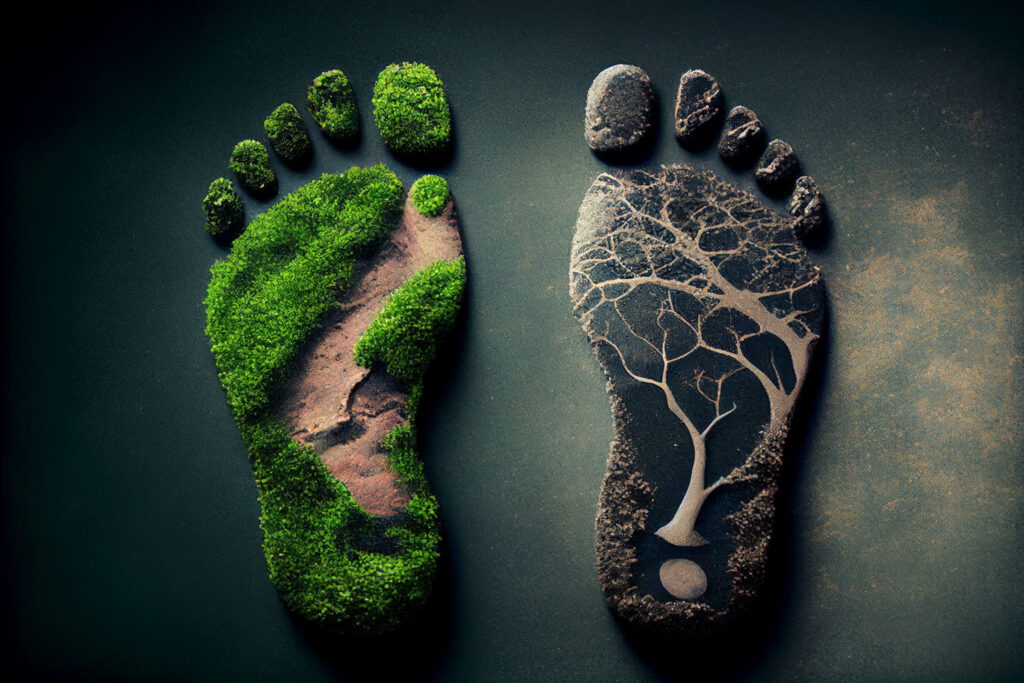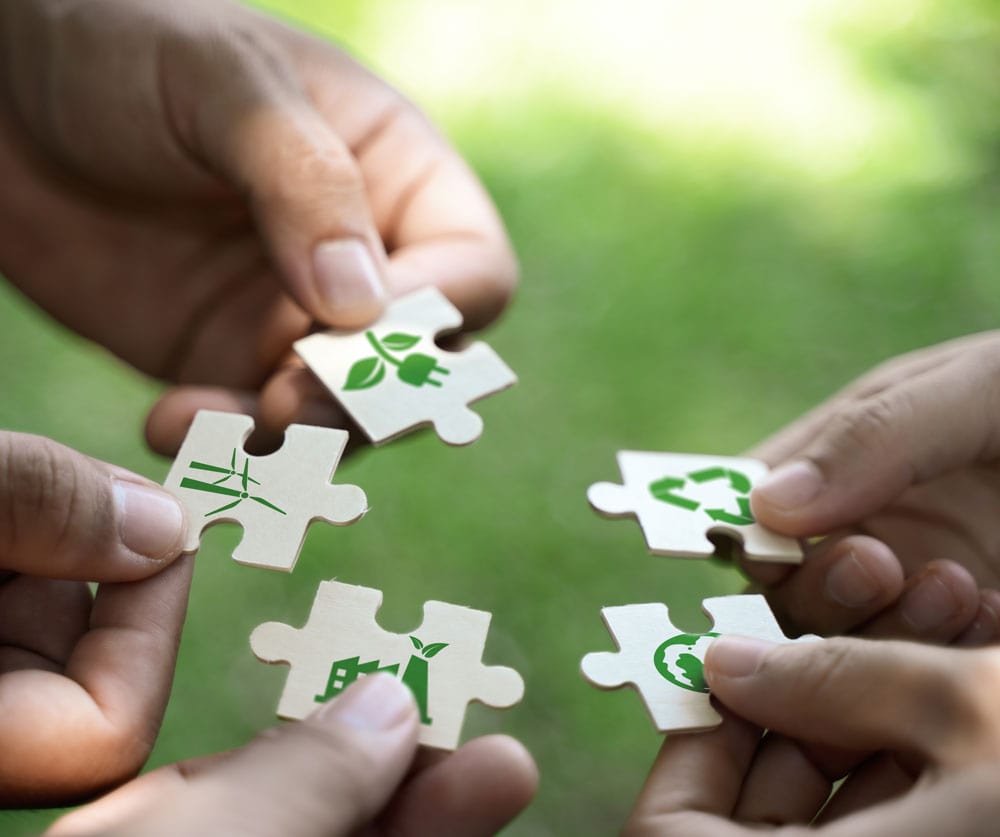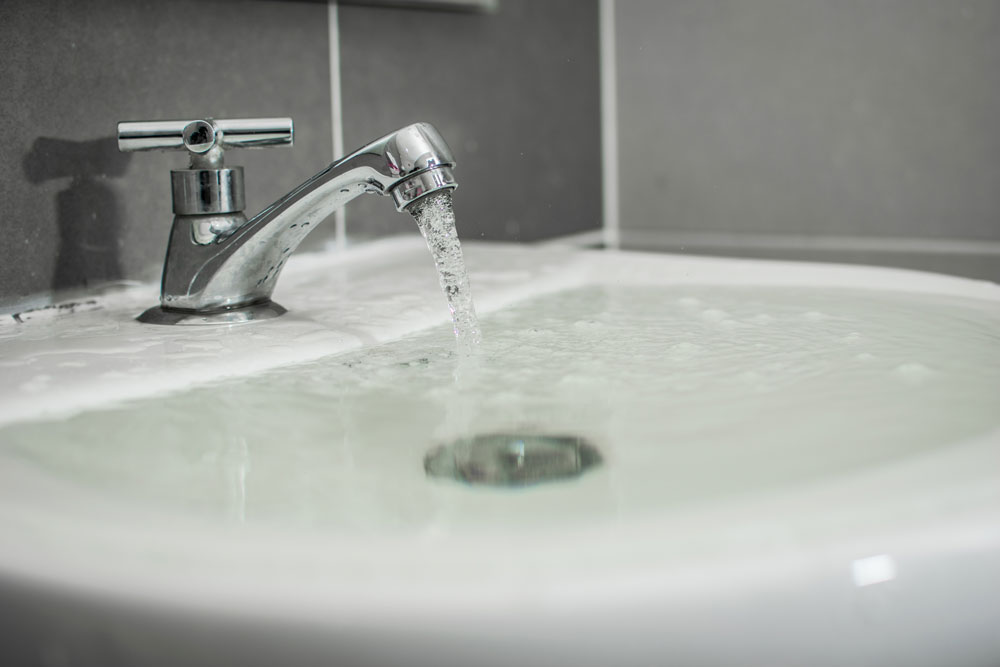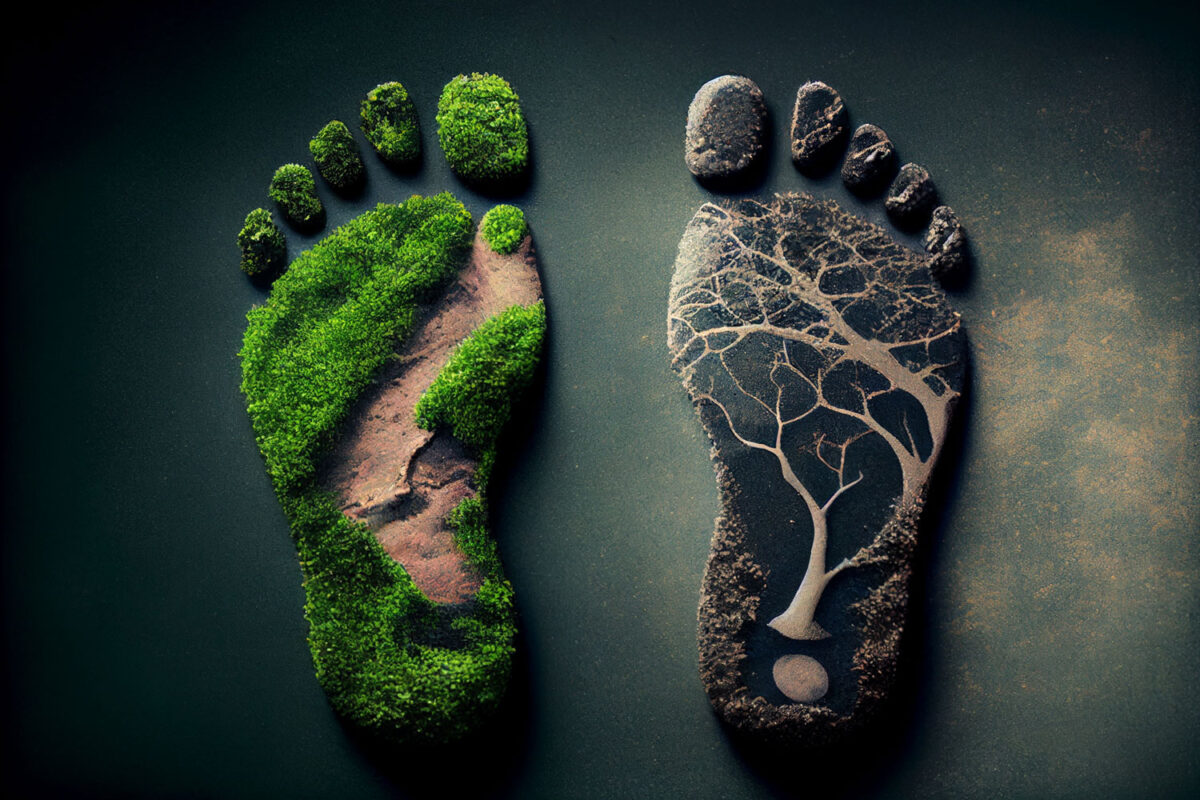Water is an essential resource for life, but it is becoming increasingly scarce. The world’s population is growing, and so is the demand for water. According to the United Nations, by 2025, half of the world’s population will be living in water-stressed areas.
The average American uses around 100 gallons of water per day, which is three times the global average. It is essential to take steps to reduce our water usage and conserve this valuable resource. One way to do this is to reduce our water footprint.
What is a Water Footprint?
A personal water footprint is the amount of water an individual consumes on a daily basis, either directly or indirectly, through the goods and services they use. It includes the water used for drinking, cooking, showering, cleaning, and other personal activities, as well as the water that is required to produce the food they eat, the clothes they wear, and the goods they use.

Why Should We Aim to Reduce Our Water Footprint?
Saving water is important for several reasons, including environmental, economic, and social reasons. Here are some of the main reasons why we should try to save water:

- Environmental reasons: Water is a finite resource, and it is essential for the survival of all living organisms. Saving water helps to conserve this precious resource and protect aquatic ecosystems. By reducing our water footprint, we can help to minimize the impacts of water scarcity, drought, and climate change.
- Economic reasons: Water is a valuable resource that is essential for many industries, including agriculture, manufacturing, and energy production. Saving water can help to reduce the costs of water treatment and distribution, as well as the costs of energy required to pump and transport water. By conserving water, we can also reduce the need for expensive infrastructure projects like dams, pipelines, and desalination plants.
- Social reasons: Water is a basic human right, and access to clean and safe water is essential for public health and well-being. By saving water, we can help to ensure that everyone has access to this vital resource. Water scarcity can also lead to conflicts and social unrest, especially in regions where water resources are limited or contested.
How to Reduce Your Water Footprint
Saving water is essential for protecting the environment, promoting economic sustainability, and ensuring social equity. By reducing our water footprint through simple actions, we can help to ensure that there is enough water for future generations.

- Fix leaks
One of the most straightforward ways to reduce your water footprint is to fix any leaks in your home. Even a small leak can waste significant amounts of water over time, and it can also lead to higher water bills. To detect leaks, you can check your water meter before and after a two-hour period when no water is being used. If the meter does not read the same, you may have a leak. Some common sources of leaks include toilets, faucets, and showerheads. Fortunately, most leaks are easy to fix and require only simple tools and parts. - Use low-flow fixtures
Another simple way to reduce your water footprint is to use low-flow fixtures. Low-flow showerheads, faucets, and toilets use less water per minute than standard fixtures without sacrificing performance. For example, a low-flow showerhead can reduce water usage by up to 40% compared to a standard showerhead. You can find low-flow fixtures at most hardware stores or online retailers. - Take shorter showers
Taking shorter showers is another effective way to reduce your water footprint. The average shower uses around 2.5 gallons of water per minute, so reducing your shower time by just a few minutes can save a significant amount of water. You can also install a shower timer or use a playlist of short songs to help you keep track of time. Alternatively, you can take a “Navy shower” by turning off the water while you lather and then turning it back on to rinse. - Use a dishwasher
Using a dishwasher instead of washing dishes by hand can save a significant amount of water. According to the Environmental Protection Agency (EPA), a dishwasher uses an average of 3-5 gallons of water per cycle, while hand washing can use up to 27 gallons of water. Additionally, modern dishwashers are designed to be water-efficient, so you can save even more water by choosing an Energy Star-certified dishwasher. - Use a front-loading washing machine
Using a front-loading washing machine can also help to reduce your water footprint. Front-loading machines use less water per cycle than top-loading machines and can also be more energy-efficient. According to the EPA, a front-loading washing machine uses around 13 gallons of water per cycle, while a top-loading machine can use up to 40 gallons of water. Additionally, you can save even more water by washing full loads and using a water-efficient detergent. - Water your lawn efficiently
Watering your lawn efficiently is another way to reduce your water footprint. Instead of watering your lawn every day, you can water it deeply and infrequently. This encourages deeper root growth and helps the grass to withstand drought conditions. You can also water your lawn in the early morning or late evening to reduce evaporation. Additionally, you can use a rain barrel to collect rainwater for your lawn and garden instead of using tap water. - Use native plants
Using native plants in your garden or landscaping can also help to reduce your water footprint. Native plants are adapted to the local climate and require less water than exotic or non-native plants. Additionally, native plants provide habitat for local wildlife and can help to support biodiversity. You can find a list of native plants for your region on the website of the National Wildlife Federation or the Audubon Society. - Educate others
Finally, educating others about the importance of water conservation and sharing your knowledge can help to reduce the overall water footprint of your community. You can share tips and resources with your family, friends, and neighbors, and encourage them to adopt water-efficient practices in their own homes. Additionally, you can get involved in local water conservation initiatives or volunteer with organizations that promote sustainable water use.
